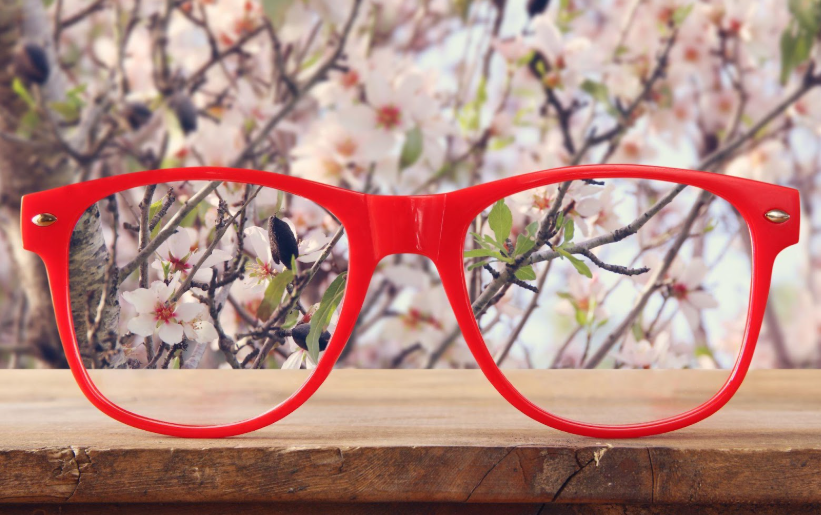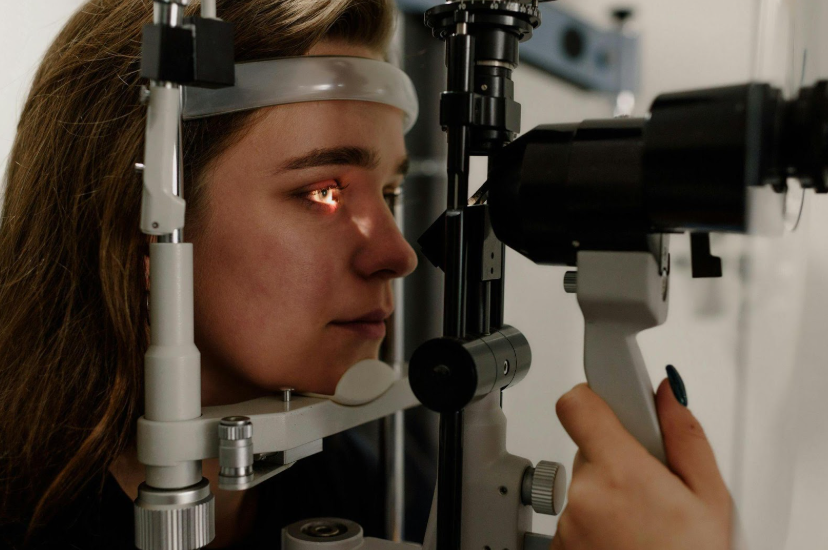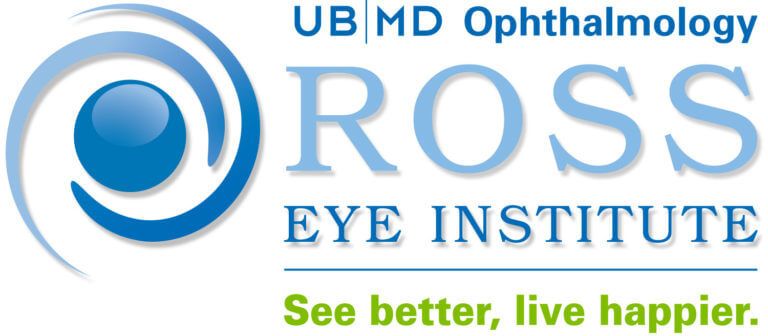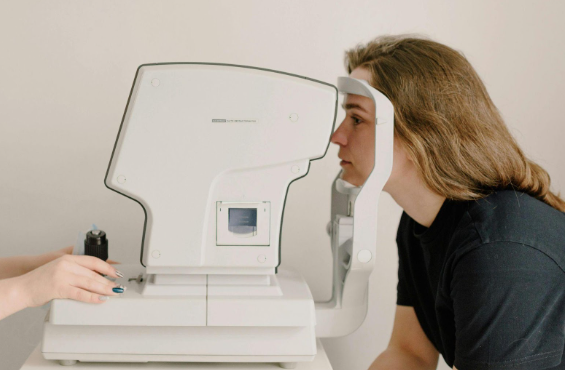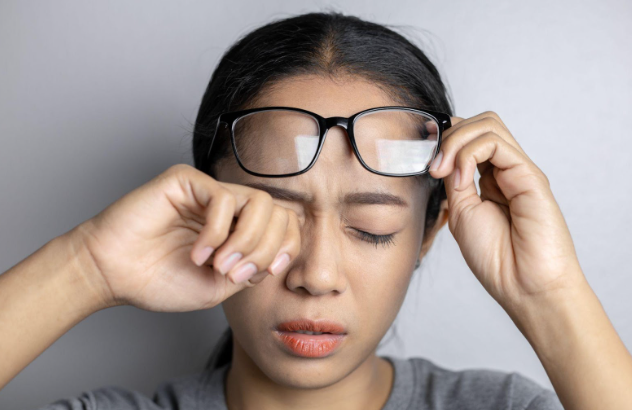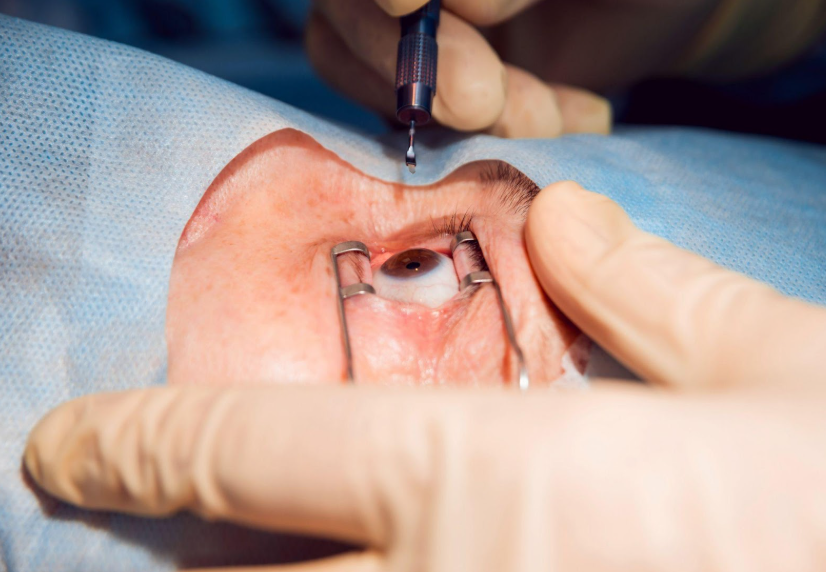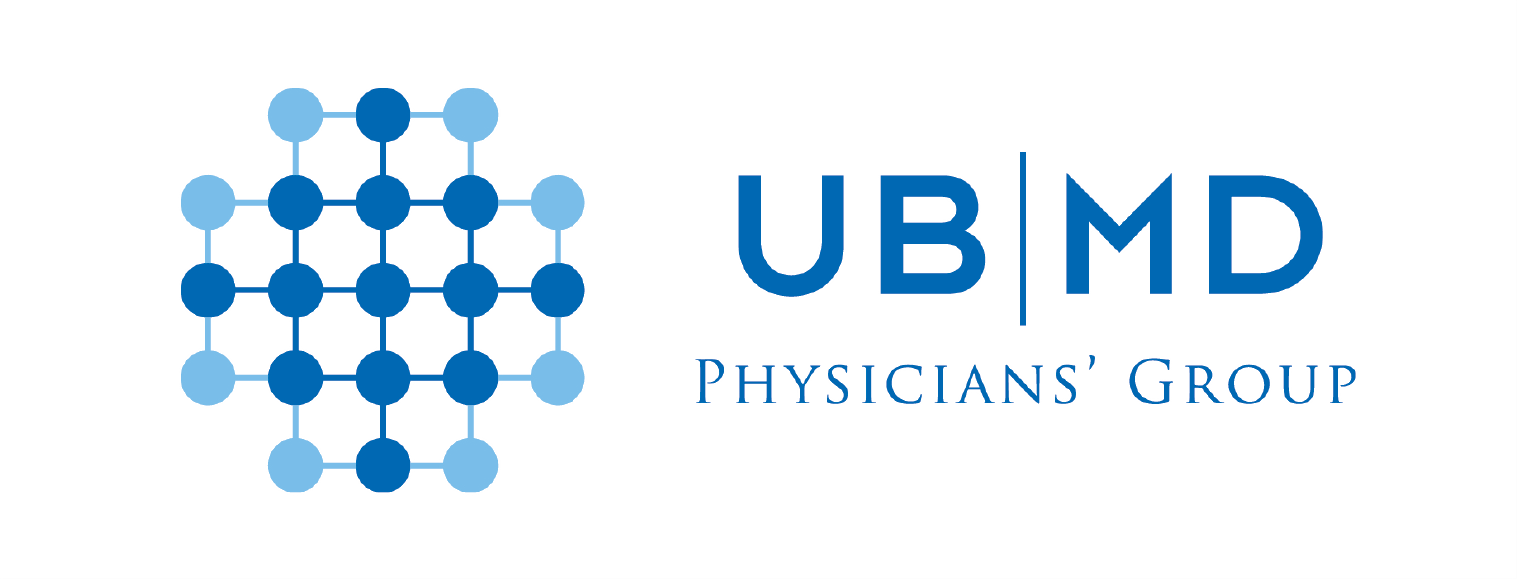A Comprehensive Guide to Neurolenses
A Comprehensive Guide to Neurolenses

Neurolenses are an innovative solution designed to address common visual discomforts, particularly for those who spend a significant amount of time using digital devices. These lenses are crafted to help people who suffer from headaches, eye strain, and other related issues. They work by aligning the eyes more effectively and reducing the symptoms caused by a condition known as binocular vision dysfunction (BVD). As digital device usage continues to grow, the demand for neurolenses is increasing due to their ability to provide comfort and clarity.
What Is Binocular Vision Dysfunction?
Binocular vision dysfunction (BVD) occurs when the eyes do not align properly, causing headaches, dizziness, and eye strain. This misalignment forces the brain to work harder to create a single, clear image, which can result in discomfort and fatigue. Neurolenses are specifically designed to correct this misalignment, allowing the eyes to work together harmoniously.
How Do Neurolenses Work?
Neurolenses incorporate a unique technology that adjusts the eye alignment by adding a contoured prism to the lens. This prism thus reduces the strain on the eye muscles and the brain. The lenses are customized for each individual based on a comprehensive eye exam that measures the extent of the misalignment. By providing a personalized solution, they offer targeted relief for those suffering from BVD and related symptoms.
The Benefits of Neurolenses
Many individuals who suffer from chronic headaches, particularly those related to eye strain, find relief with neurolenses. Here are a few other benefits:
- Improved Visual Comfort
- Reduced Glare
Who Can Benefit from Neurolenses?
Neurolenses are particularly beneficial for individuals who experience frequent headaches, eye strain, or dizziness, especially those who have not found relief with traditional eyeglasses or contact lenses. They are also ideal for people who spend a lot of time using digital devices, as the lenses can help alleviate the symptoms of digital eye strain. Additionally, they can be beneficial for individuals with a history of concussions or traumatic brain injuries, as these conditions can exacerbate symptoms of BVD.
The Process of Getting Neurolenses
Obtaining neurolenses begins with a specialized eye exam conducted by an eye care professional trained in diagnosing and treating binocular vision dysfunction. During this exam, the doctor will assess the alignment of the eyes and measure the extent of the misalignment. Based on these measurements, the lenses are custom-made to address the specific needs of the individual.
Once the lenses are ready, the patient will return to the eye care provider to have them fitted and to receive instructions on their use. Most people notice an improvement in their symptoms within a few days to weeks of wearing the lenses. Regular follow-up appointments may be necessary so that the lenses continue to provide the desired level of comfort and relief.
Addressing Common Concerns
Some individuals may have concerns about adjusting to neurolenses, especially if they have never worn glasses or contact lenses before. While there may be an initial adjustment period, most people adapt to the lenses relatively quickly. The benefits, such as reduced headaches and improved visual comfort, often outweigh any initial discomfort.
Another common concern is the cost of neurolenses. As a specialized product, they can be more expensive than regular eyeglasses. However, many individuals find the investment worthwhile due to the significant relief the lenses provide from chronic symptoms.
The Future of Neurolenses
As technology continues to advance, neurolenses are expected to become even more effective and widely available. Ongoing research is likely to lead to further innovations in lens design and customization, making them a more accessible and powerful tool for managing visual discomfort.
Also, as awareness of conditions like BVD grows, more people may seek out neurolenses as a solution to their symptoms. Eye care professionals increasingly recognize the importance of addressing binocular vision issues, and the lens is at the forefront of this movement.
Ready to experience clearer vision and relief from eye strain? Schedule your comprehensive eye exam with us at
Ross Eye Institute and discover how our customized neurolenses can help you live more comfortably. Don’t let headaches and visual discomfort hold you back—take the first step towards better eye health.
Contact us now to book your appointment.
